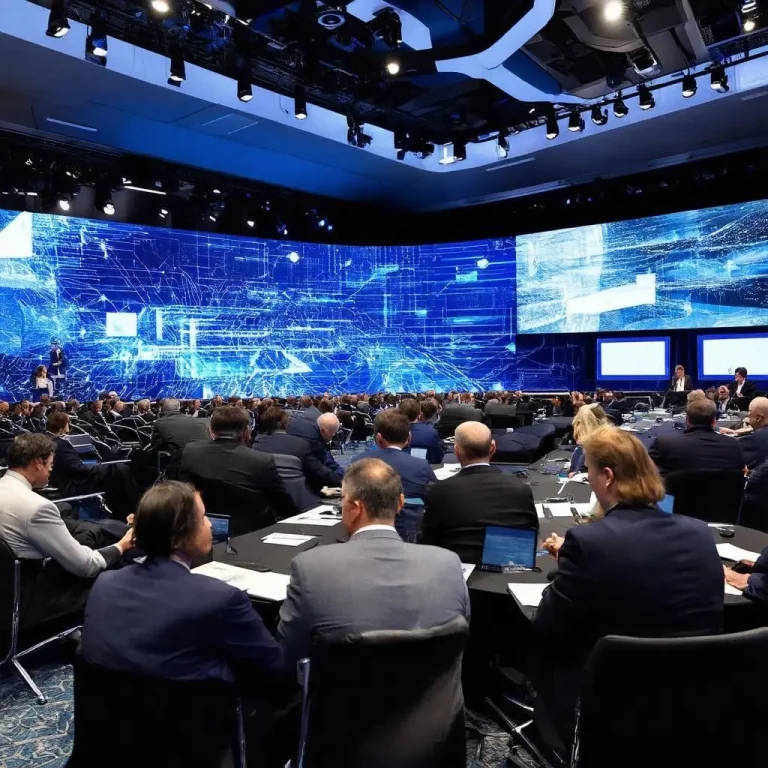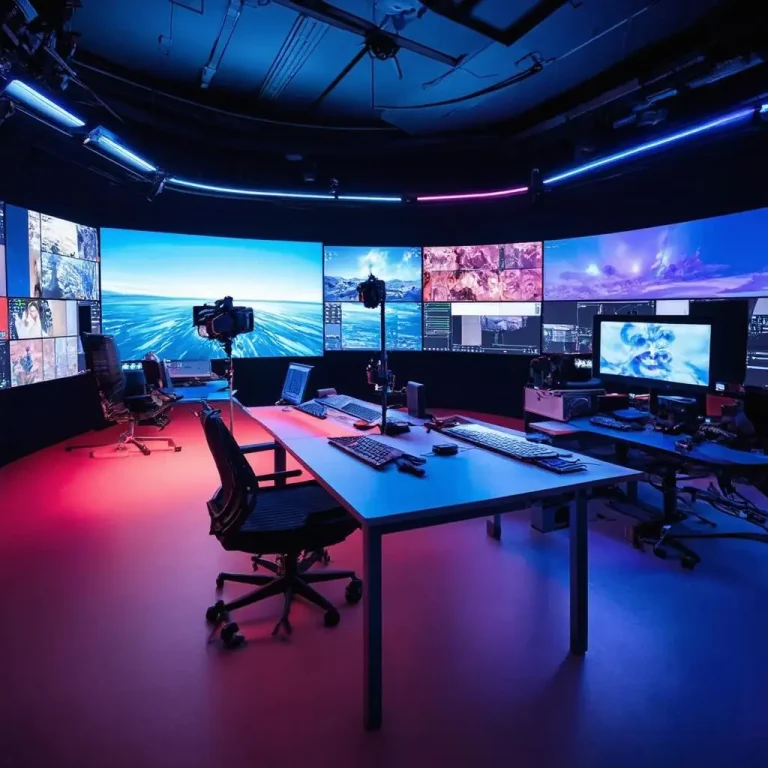 Located in Lawton, Oklahoma, the Comanche Academy is more than a kindergarten and elementary school—it is a community effort to reclaim Indigenous culture and identity for future generations. In collaboration with documentarian/cinematographer Kathryn Boyd-Batstone, Comanche educator Linette Amparan and producer Jhane Myers (“Prey”, “First We Bombed New Mexico”), the new documentary “Comanche Academy: A Healing Journey” dives into the school’s mission with compelling vulnerability. The film captures the concerted efforts across three generations to carve a space of healing education where Comanche culture and language can be reclaimed. Boyd-Batstone chose Zeiss Compact Prime and Cinema Zoom lenses with Sony FX6 to create beautiful portraits in the historied world of the Comanche Academy.
Located in Lawton, Oklahoma, the Comanche Academy is more than a kindergarten and elementary school—it is a community effort to reclaim Indigenous culture and identity for future generations. In collaboration with documentarian/cinematographer Kathryn Boyd-Batstone, Comanche educator Linette Amparan and producer Jhane Myers (“Prey”, “First We Bombed New Mexico”), the new documentary “Comanche Academy: A Healing Journey” dives into the school’s mission with compelling vulnerability. The film captures the concerted efforts across three generations to carve a space of healing education where Comanche culture and language can be reclaimed. Boyd-Batstone chose Zeiss Compact Prime and Cinema Zoom lenses with Sony FX6 to create beautiful portraits in the historied world of the Comanche Academy.
Beginning in the late 1800s, Native American children near Lawton were forcibly enrolled at Fort Sill Indian School, one of over 400 Federal Indian boarding schools that pushed cultural assimilation. Despite the mandated whitewashing, as time passed and the most egregious abuses phased out, Fort Sill Indian School left an indelible mark in the community, with complex recollections of former attendees ranging from fondness to downright hatred[1]. The school gradually evolved into an alternative educational space where Native American students could learn alongside one another and find solace from the challenges of public school. However, Fort Sill closed in 1980. Nearly forty years later, Comanche Academy was established with the mission of reclaiming the language and culture that had once been forcibly taken away.
“There really is a magic in what we are doing every day at the Academy,” explains educator and the film’s producer Amparan. “It’s not just about teaching academics; it is about healing generations.” As the film begins, the charter school administration discusses how to raise money for a school building so the burgeoning student body will have space to grow. Without proper funding, the Academy is set up in temporary buildings—albeit lovingly outfitted to make a warm, inviting place of learning.
After meeting Amparan on the PBS documentary “Road Trip Nation”, cinematographer/director Boyd-Batstone became inspired to help tell the story of the Comanche Academy. Predominantly self-funded with support from the community, Boyd-Batstone needed a nimble, gorilla-filmmaking friendly camera setup, that would be able to capture the beauty of the film’s subjects as well as the expansive Western landscape of Lawton. Leaning on her experiences in photojournalism, Boyd-Batstone selected Zeiss CP.3s with a 70-200 CZ.2 zoom paired with her Sony FX6 to make stunning images with natural light.
The documentary weaves from brilliant exteriors into the cool darkness of gymnasium board meetings, in progress classes and most uniquely, into the low-light wellness room. It is in the Comanche Academy’s wellness room that some of the film’s most heart-wrenching and warming sequences take place. “I needed really fast lenses,” Boyd-Batstone relates. A mix of meditation, therapy and relaxation takes place in the deep purple or sometimes tungsten luminance. There teachers guide the children with breathing exercises, indigenous parables, and encouraging the students to work through and express emotions. The effect of the lighting and intimate handheld cinematography is oddly comforting.
“The wellness room has been transformative,” explains Amparan. “It’s a safe space of trust and vulnerability where children can process emotions, often for the first time. It’s a way to use our culture to help heal the intergenerational trauma that is still very real in this area.” The visual storytelling reflects this spirit of intimacy and authenticity. The presence of the camera and filmmakers is never forceful. When someone does acknowledge the off-screen it is usually one of the kids, bashfully smiling or makes faces into the lens.
The film captures community members discussing the future of the Academy along with their hopes and fears for the school. The school’s ‘healing’ mission is given a sincere treatment with respect paid to generational scars they are trying to mend. As one community member, the late Nancy Lou Travis, movingly says, “I wish I had learned Comanche from my parents, but now I am learning it from my grandchildren.” This bridge across decades connects the elders who had their culture stripped from them, the adults who grew up without this important part of their identity and the children for whom the gift of history is being restored. The film holds space for both sorrow and hope, weaving melancholically beautiful live music—flute, song, and drum performances—into a tapestry of redemptive action.
With the speed and flexibility of the CP.3s Boyd-Batstone maintains a natural cinematic look across diverse light conditions and environments. “The primes let me stay close without intruding,” she explains. “They allowed me to render natural light beautifully while giving subjects physical space, which was so important in moments of deep vulnerability.” For performances, town hall meetings, and multi-person events, the 70–200mm CZ.2 Zoom also became an essential tool, letting her capture real emotion with respectful distance.
One of the film’s most poignant sequences takes place at the old Fort Sill Indian School, with dozens of community members of all ages on site. Five acres of the land has been approved to lease to Comanche Academy to build a new school, although the existing buildings are derelict from non-use. In the film’s finale, students raise photos of their elders who attended the original boarding school, bringing history full circle and underscoring the resilience of the Comanche people. It is a moment only made possible by trust between the filmmakers and community. Producer Myers notes, “The fact that people saw themselves in the film and felt proud—that’s powerful. It shows this story belongs to the community.”
A Healing Journey: Comanche Academy is both a portrait and a call to action. The school faces urgent challenges: limited facilities, lack of transportation, and the looming threat of losing its wellness room—the space most vital to emotional healing. The film amplifies the Academy’s mission and invites viewers to help secure its permanent home.
Read the full interview: lenspire.zeiss.com/cine/en/article/a-healing-journey-comanche-academy-documentarians-capture-community-led-healing-through-education-with-zeiss-cp-3-and-cz-2-lenses
Learn more and support the cause:
- Film Impact: comancheacademyfilm.com/impact
- School Foundation: turetiihaniaikufoundation.org/donate
See the film in festivals this Fall:
Friday, October 24 : 13th Annual Indigenous Language Institute Symposium in Albuquerque, NM
October 10-18th : Hot Springs Documentary Film Festival in Hot Springs, AK
November 19 : The University of Central Oklahoma, Edmond, OK
- “A Healing Journey: Comanche Academy” told with the ZEISS CP.3 and CZ.2 Lenses - October 6, 2025
- Cinematographer Pfautsch Brings Astera Titan & Hyperion for “Fassaden” Experimental Doc - September 22, 2025
- Matthews Introduces Rolling C+Stand Kit Bag – Greyscale Camo Edition - September 22, 2025


















